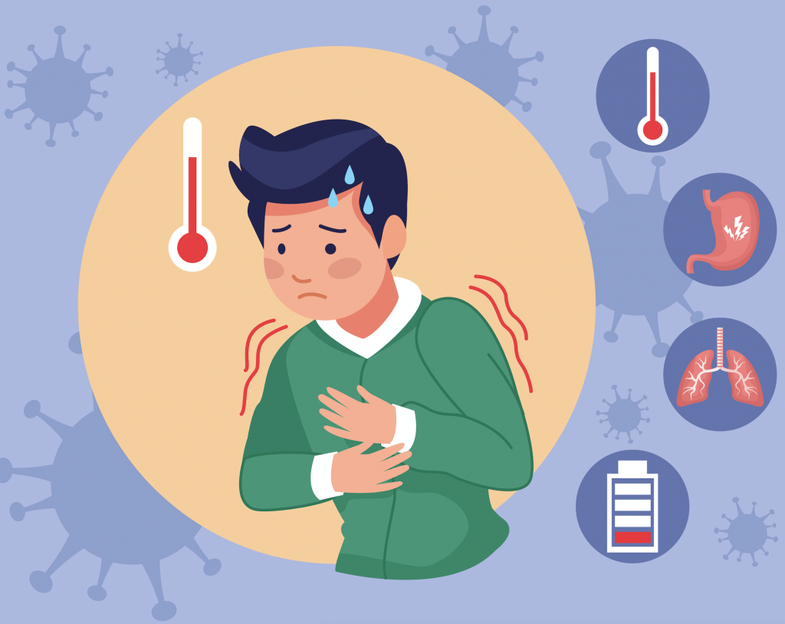
When you start to have a runny nose and a sore throat, it's clear you're sick - but the challenge is figuring out what it is. In the midst of flu and cold season, a single cough can send you on a lengthy internet search to find out the differences between the flu, the common cold, and COVID-19. But there are some key ways to distinguish these three diseases from each other.
"The symptoms of the flu and COVID have a lot in common," says Sandra Kesh, an infectious disease doctor. "Both cause fever, cough, difficulty breathing, fatigue and many other symptoms." To tell whether it's a cold, flu, or COVID, you need to know the differences in how symptoms appear and last.
Difference between flu symptoms and COVID-19
The main difference between flu and COVID-19 lies in the speed of onset and duration of symptoms. The flu usually appears within one to four days of exposure, while symptoms of COVID can appear two to 14 days after infection.
The duration of symptoms also varies: flu symptoms last from a few days to two weeks, while COVID symptoms can last up to six weeks in the most severe cases.
Difference between cold symptoms and COVID-19
The common cold is much milder compared to the flu and COVID, both in terms of severity and duration of symptoms. Cold symptoms appear gradually and usually peak two or three days after exposure. In general, cold symptoms last about seven days, while flu and COVID symptoms can last up to two weeks.
Chart of key symptoms to distinguish between COVID, flu and cold

When should you see a doctor?
If you have flu or COVID symptoms and think you may be infected, take a home COVID test or contact your doctor for a diagnosis. If you are elderly, pregnant, have a chronic health condition, or are caring for a young child with flu-like or COVID-like symptoms, seek medical help immediately.
How to protect yourself from COVID-19, flu and colds
• Wash your hands regularly and correctly.
• Keep surfaces at home clean.
• Stay home when you are sick to protect yourself and others.
Suggested articles:







